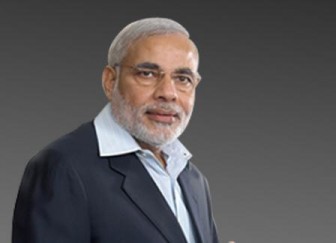Your marketing budget deserves careful consideration, because it not only serves to create market impressions; it is expected to generate revenues. Understanding the kinds of impacts that can be expected from various print and electronic media will help to manage this element of business expense.
It is important to understand that each market segment may react differently to the way a promotional message is presented. An exciting, aggressive or even humorous message may be perceived as offensive or insensitive even though it may be grammatically and politically correct.
It is important to understand that each market segment may react differently to the way a promotional message is presented. An exciting, aggressive or even humorous message may be perceived as offensive or insensitive even though it may be grammatically and politically correct.






